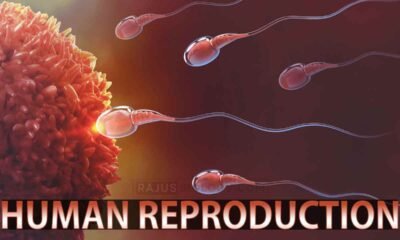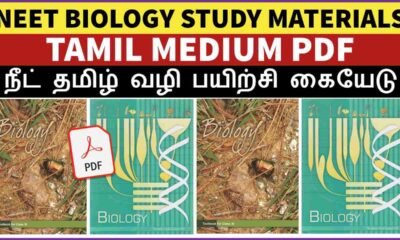Blog
Annelida General Characteristics, Classification and Examples | Free Biology Notes
After reading this article you will learn about Annelida General Characteristics, Classification and Examples
Annelida General Characteristics
- Habit & habitat :- Terrestrial, fresh water or marine. Free living or parasitic
- Lamarck coined the term annelida for ringed animals
- Body is soft elongated, cylindrical and divided into segments or metameres
- Body wall consist of Cuticle = Moist and elastic, Epidermis – Living layer that secretes cuticle, Muscle layer – Contains circular and longitudinal muscles
- Anterior end has a distinct head with sense organ
- Body cavity is true coelom lined by mesodermal epithelium
- Digestive system is complete, straight and extends through entire body
- Respiration is through moist skin, some have gills
- Circulatory system is closed type and pulsatile heart present
- Excretory organ is nephridia
- Nervous system consist of nerve ring and double ventral nerve cord
- All annelids except leeches also have chitinous hairlike structures, called setae
- Classification of annelida is based on position & arrangement of setae
- Reproduction is sexual
- Annelids may be monoecious or dioecious
- Clitellum present in bisexual annelids is useful in the formation of cocoon
- They are oviparous and the eggs are laid in ootheca or cocoons or egg case
- Development is direct or indirect with free swimming ciliated trochophore larva
- Mostly cross fertilization takes place
Classification of Annelida
Class 1. Polychaeta
- Polychaeta are marine and carnivorous
- Setae or parapodia are numerous
- Clitellum is absent
- Sexes separate and fertilization external
- E.g. Nereis, sabella
Class 2. Oligochaeta
- They are mostly terrestrial or some fresh water forms
- Parapodia are absent and locomotory organs are setae
- Hermaphrodite
- E.g. Tubifex, pheretima
Class 3. Hirudinea
- They marine, freshwater or terrestrial
- Parapodia and setae are absent
- Suckers at both the ends
- Clitellum is developed only breeding season
- E.g. Hirudo, dina

 Entertainment1 month ago
Entertainment1 month agoIbomma Bappam: Redefines Telugu Streaming Trend

 Blog1 month ago
Blog1 month ago[PPT] The living world Class 11 Notes

 Blog1 month ago
Blog1 month ago[PPT] Human Reproduction Class 12 Notes
- Blog1 month ago
Class 12 Biology Notes Chapter wise PPT

 Blog1 month ago
Blog1 month agoIosmirror.cc Apk: Enables Smart Screen Sharing
- Blog1 month ago
PG TRB Botany Study Material PDF Free Download
- Blog1 month ago
Class 11 Biology Notes Chapter wise PPT

 Blog1 month ago
Blog1 month agoDownload NEET Biology Study Materials in Tamil












